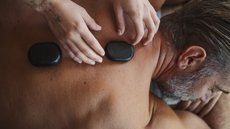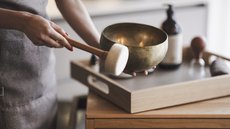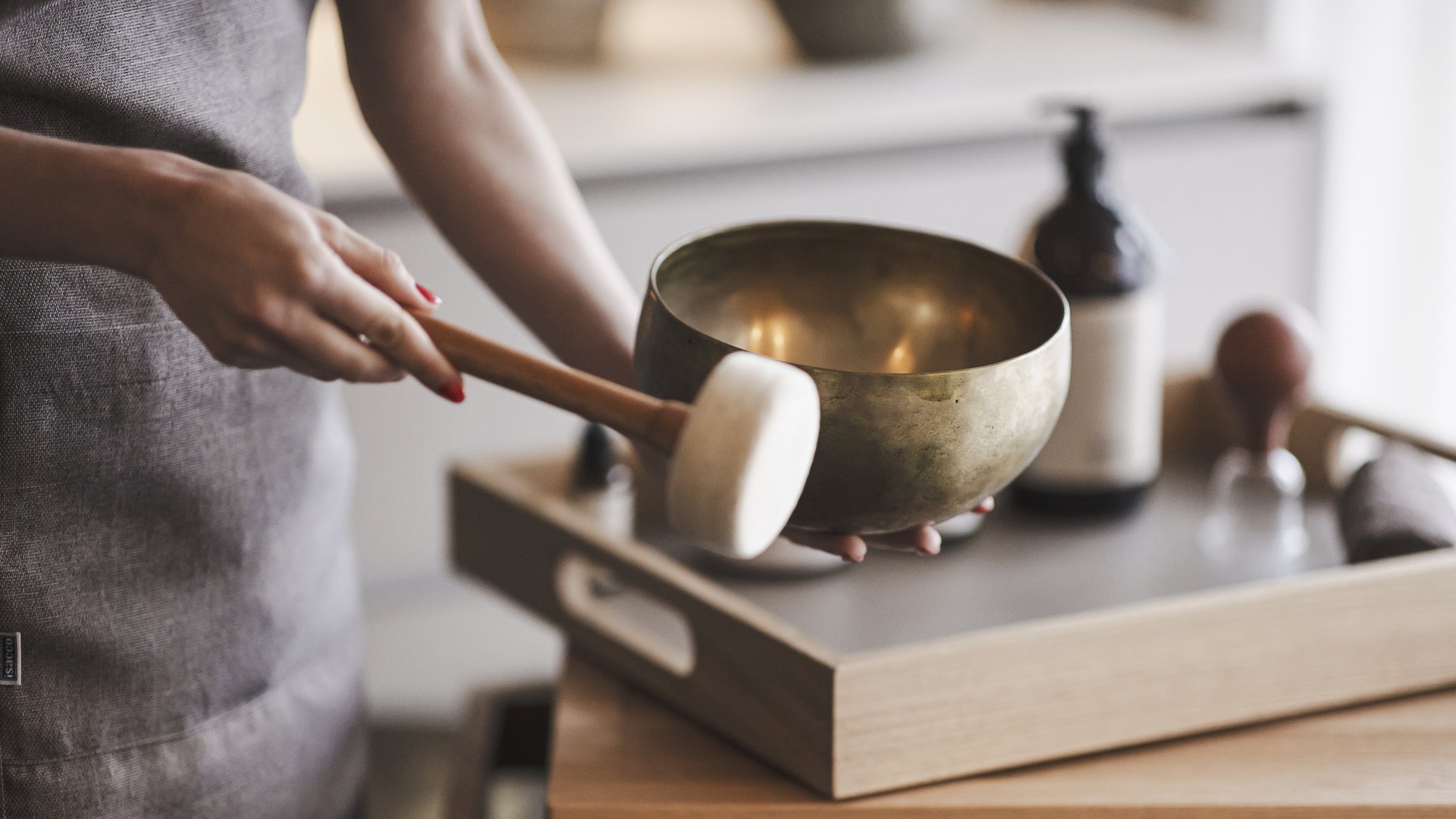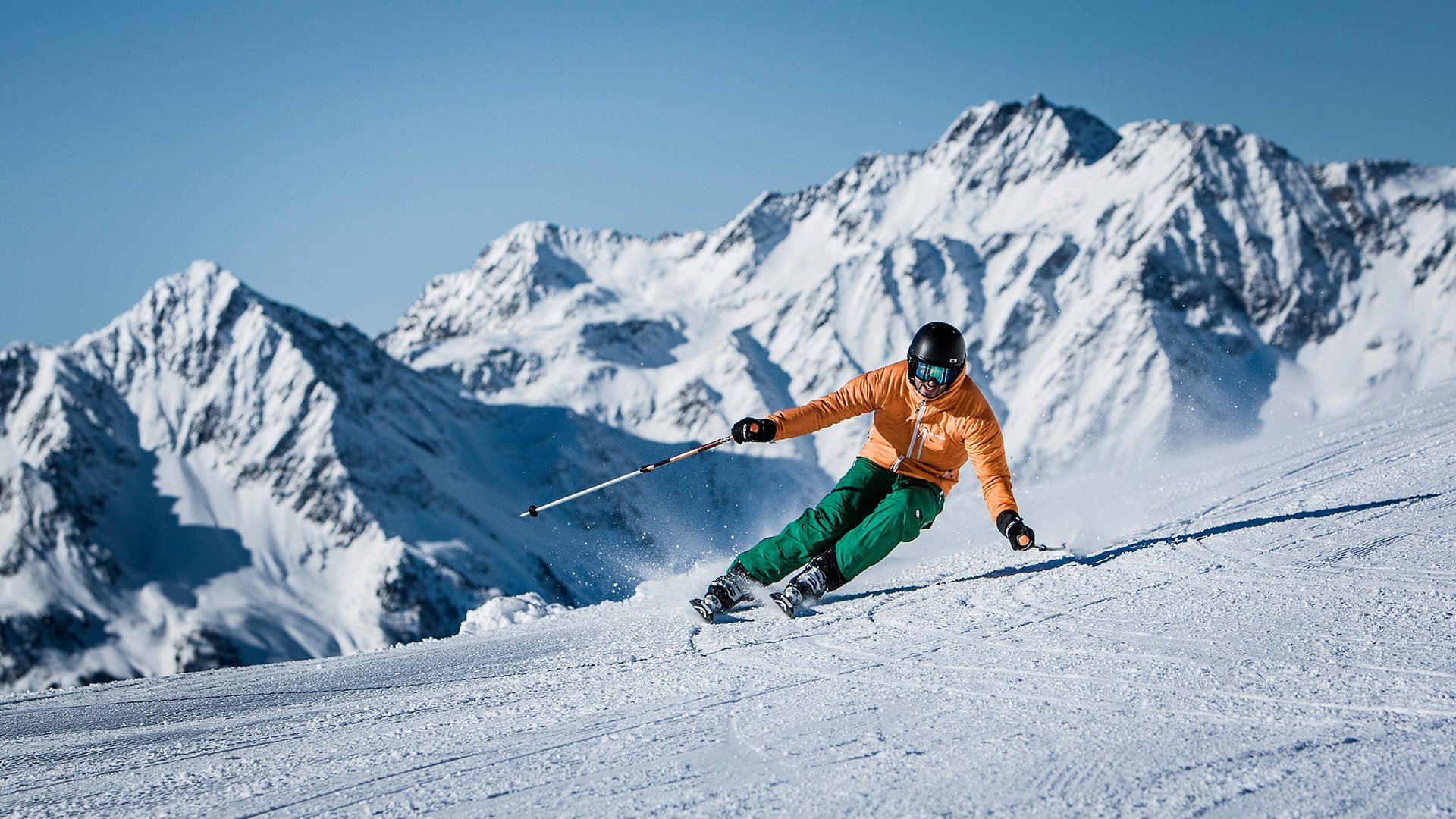Thai massage – also known as Thai yoga massage, passive yoga, or siam massage – is the combination of various techniques from yoga, ayurveda, and traditional Chinese medicine with influences from Buddhism. Similar to traditional Ayurvedic massages, Thai massage is used to stimulate the flow of energy in the body and thus strengthen psychophysical well-being. By stretching, twisting, pressing, kneading, and lifting various parts of the body and passively performing techniques from yoga, Thai massage works on the energy centres and the energy lines of the body and frees them from any blockages. Thai massage doesn’t use any oils and is usually performed on a special mat on the floor. Traditionally, the massage therapist begins the massage by kneeling down next to the patient, who is lying on their back, and placing their right hand on the patient’s abdomen. This part of the body is considered to be the centre of the organism, making it the perfect starting point for the massage ritual. At first, the movements are slow and gentle and follow the rhythm of the patient’s breathing. Then, they become more intense and energetic. Thai massage is performed with hands, elbows, knees, and sometimes even feet. There are two forms of Thai massage: Ratcha Samnak and Chalayasak.












